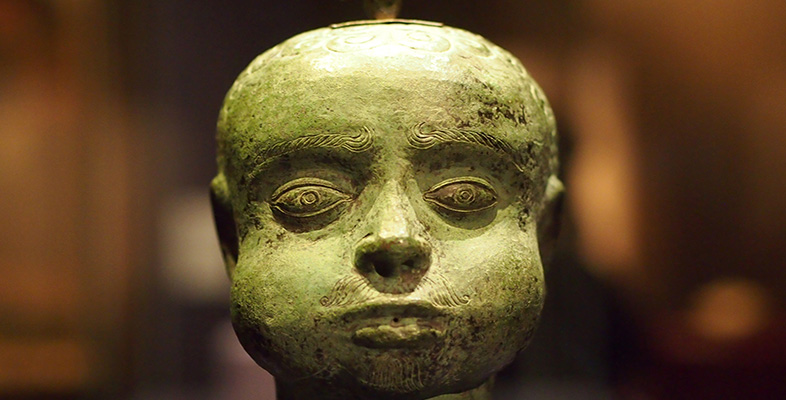3.3 The consensus conference concept
Consensus conferences were developed in the USA in the late 1970s. Originally called ‘consensus development conferences’, the National Institute of Health used these conferences as a means of fostering social acceptability of medical practices for which scientific expertise could not provide unequivocal answers to questions with a social dimension (Jørgensen, 1995). The success of consensus conferences in the USA meant that they were soon adopted in Europe. They have proved particularly useful in the medical sphere where decisions have to be made about how to allocate resources or about preferences for alternative treatments. The agenda-setting function of the lay members involved is critical, helping to frame the questions to put to experts. Lay members also select the experts to give evidence, and there is a strong emphasis on the independence of the lay panel.
Activity 2
The line between ‘lay’ and ‘expert’ is often less clear cut than first appears. If the lay members acquire expertise in order to participate in the consensus conference, on what grounds could they still be considered ‘lay’?
Answer
Although consensus conferences do influence lay-panel participants in that their knowledge of the topic increases and their opinions may change as a result of the process, it is presumed that the fundamental values of lay-panel members will not alter as a result of the process (Klüver, 1995). It is thought that lay-panel members can legitimately act as advocates for public values because they have no political or professional axes to grind. You will appreciate, however, that those values are difficult to assess. It is sometimes hard to distinguish opinions from values (think of debates on abortion or the ‘right-to-die’), and there are methodological difficulties in measuring how and to what extent people's values change over time. As you read through the next two subsections which describe consensus conferences, consider which aspects might strengthen or undermine the claim often made for these conferences, that panel members ‘use the acquired knowledge in a way that allow them to form opinions that are coherent with their basic values’ (Klüver, 1995).
